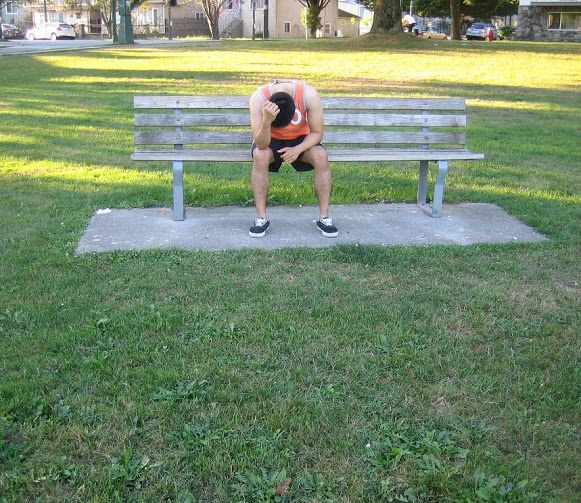Intracerebral hemorrhage occurs once the blood abruptly ruptures into the brain tissue which results to brain damage. The symptoms typically arise abruptly such as confusion, headache, weakness and paralysis especially on one side of the body. The accumulation of blood places pressure on the brain and disrupts with the oxygen supply. This can rapidly lead to nerve and brain damage.
As a medical emergency, it requires immediate treatment. The treatment involves surgery to relieve the pressure from the buildup of blood and fix the impaired blood vessels.
Possible causes of intracerebral hemorrhage
High blood pressure is the usual cause of intracerebral hemorrhage. Among young individuals, abnormally formed blood vessels in the brain is another cause. Other possible causes include:
- Head injuries or trauma
Abrupt weakness, tingling or paralysis in the arm, leg or face particularly if it affects one side. - Bleeding tumors
- Ruptured cerebral aneurysm
- Bleeding disorders such as sickle cell anemia or hemophilia
- Cocaine use
- Arteriovenous malformation
- Using blood thinners
Anyone can develop intracerebral hemorrhage but the risk increases with age. Men are at increased risk than women as well as middle-aged individuals with African-American or Japanese lineage.
What are the indications?
- Abrupt weakness, tingling or paralysis in the arm, leg or face particularly if it affects one side
- Difficulty swallowing
- Abrupt onset of severe headaches
- Issues with vision in one or both eyes
- Nausea and/or vomiting
- Issues with balance and coordination
- Difficulty with language skills
- Dizziness
- Apathy, lethargy, sleepiness and loss of consciousness
- Confusion
Management
The treatment during the initial 3 hours of the start of the symptoms generally results to a better outcome.
Surgery can help relieve the pressure from the brain and fix any torn arteries. Certain medications are given to manage the symptoms such as pain medications to ease intense headaches. Anti-anxiety drugs might be given to regulate the blood pressure. In case the individual is at risk for seizures, anti-epileptic drugs might be required.
Long-term treatment might be required to overcome the symptoms due to brain damage. Depending on the symptoms, the treatment might include physical as well as speech rehabilitation to reestablish muscular function or allow improved communication.
More Information / Disclaimer
The information posted on this page on intracerebral hemorrhage is for learning purposes only. Learn to recognize and manage internal injuries by taking a standard first aid course with Red Deer First Aid.


